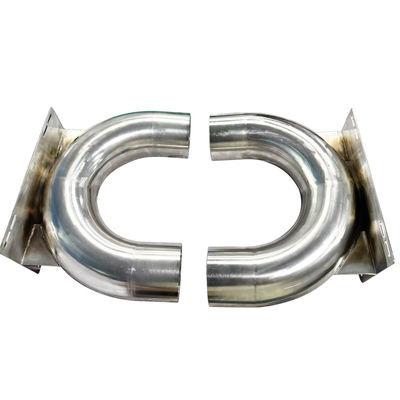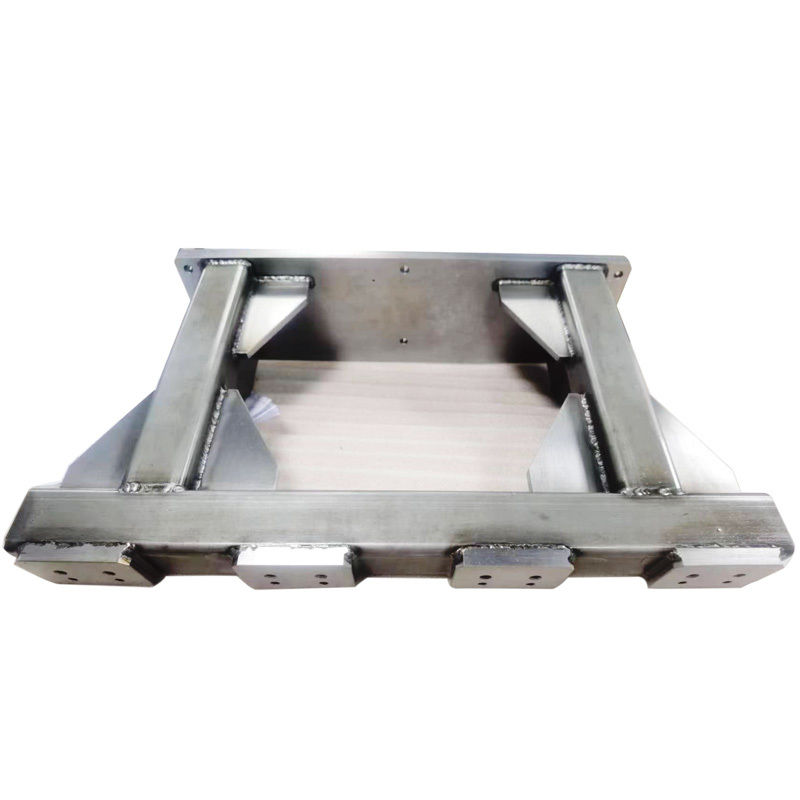-
Highlight
aluminum welding services industrial
,industrial metal welding parts
,aluminum welding with warranty
-
Product NameWelding Parts
-
Surface TreatmentAnodizing,polishing,chrome As Your Request
-
ServiceOEM /ODM CNC Machining
-
Apply ToAny OEM Cnc Machining Parts
-
SampleNeed To Pay Sample Fee
-
Tolerance0.01-0.005mm
-
ProcessCnc Machining+deburrs
-
FeatureDurable And High Precision
-
ColorCustomized Color
-
Delivery Time3-7 Days For Sample Order, 7-15 Days For Bulk Order After
-
Place of OriginGuangdong
-
Brand NameHS
-
CertificationISO9001:2015
-
Model NumberHS-317
-
Minimum Order Quantity1,Piece/Pieces
-
PriceUSD,0.48-8.55,Piece/Pieces
-
Packaging DetailsEPE foam inside and Carton outside or EPE foam inside and Wooden outside
-
Delivery Time3-7 work days
-
Payment TermsL/C,D/A,D/P,T/T,Western Union,MoneyGram
-
Supply Ability5000,Piece/Pieces,Month
Advanced Aluminum and Industrial Welding Services
The welding industry has undergone a dramatic transformation with the introduction of advanced welding services that combine cutting-edge technology with specialized processes. Specialized aluminum welding services and comprehensive industrial welding services now form a powerful trinity, serving sectors ranging from aerospace to manufacturing.
| Safety Measures | Protective Gear, Ventilation |
|---|---|
| Welding Materials | Steel, Aluminum, Stainless Steel |
| Service Area | Nationwide |
| Welding Positions | Flat, Horizontal, Vertical, Overhead |
| Material | Metal |
| Process | Welding |
| Equipment | Welding Machine |
| Quality Control | Visual Inspection, NDT Testing |
| Experience | 15+ Years |
| Type | Manual |
Plug welding is a welding method in which a circular hole or groove is filled with a weld to join two parts or surfaces. While plug welding may be used in certain situations, it has many drawbacks and is not a widely adopted choice.
- Time-consuming and difficult to clean: Cleaning the weld is complex and time-consuming.
- High risk of deformation: Due to the high heat required, there is a high risk of deformation.
- Non-waterproof: Plug welds typically do not provide waterproofing.
Seam welding or fillet welding is one of the most commonly used welding methods in qualified sheet metal work. This arc welding method uses a filler rod to create a continuous weld along the entire length of the joint.
- Strong and watertight seal: Seam welding effectively creates a strong watertight seal.
- Susceptible to deformation: Material thickness and joint length can cause deformation during the welding process.
- Most cleaning required: Of all welding methods, seam welding typically requires the most cleaning work.
Choosing the appropriate welding method is crucial to ensuring weld quality and meeting project requirements.
Metal Inert Gas (MIG) welding is an electric arc welding method typically used for large components made of thick materials, such as structural steel components. This method involves feeding a continuous solid welding wire into the weld pool through a welding torch to join two pieces of metal together.
- Speed: Faster than other arc welding methods (such as TIG welding), suitable for mass production.
- Watertight Seal: Creates strong watertight seals.
- Weld Precision: The weld cleanliness is not as good as TIG welding, making it less suitable for precision parts.
In ASM, we often use Tungsten Inert Gas (TIG) welding because it is a welding method well-suited for precision parts. This arc welding technique uses non-consumable tungsten electrodes and filler metal can be added manually for finishing.
- Weld Quality: Produces high-quality, strong, and clean welds.
- Slower Speed: Welding speed is slower than other methods, and costs are higher.
- Wide Applications: One of the most common welding methods, suitable for a wide range of materials and applications.
- Weld Quality: Produces high-quality, strong, and clean welds.
- Slower Speed: Welding speed is slower than other methods, and costs are higher.
- Wide Applications: One of the most common welding methods, suitable for a variety of materials and applications. The choice between MIG or TIG welding methods should be made based on the specific project requirements and material type to ensure optimal welding results.
![]()
Our welding service products are securely packaged using high-quality materials to maintain their original condition during transportation and prevent any transit damage.
We provide fast, reliable shipping through reputable carriers to ensure timely delivery in perfect condition. Shipping costs are calculated at checkout based on your location and selected method.
- Submit drawings for free quotation
- We produce a sample for quality approval
- Batch production begins after sample qualification and service acceptance




